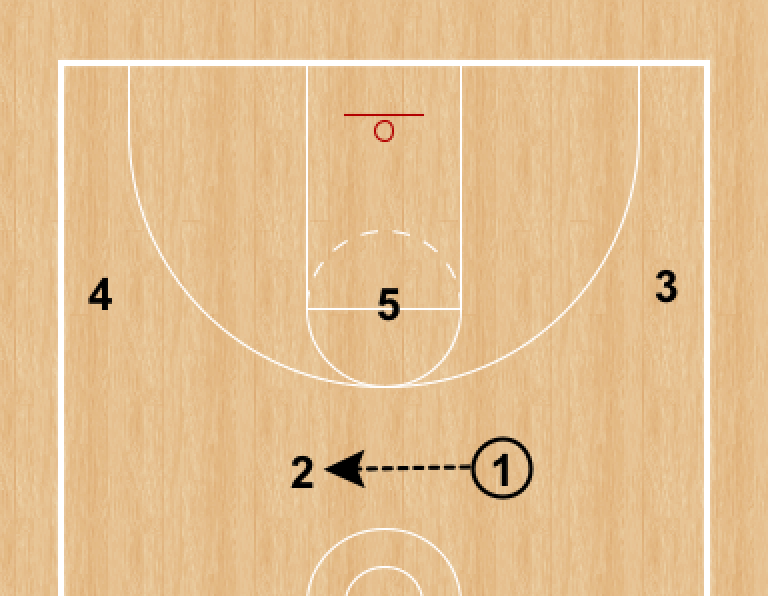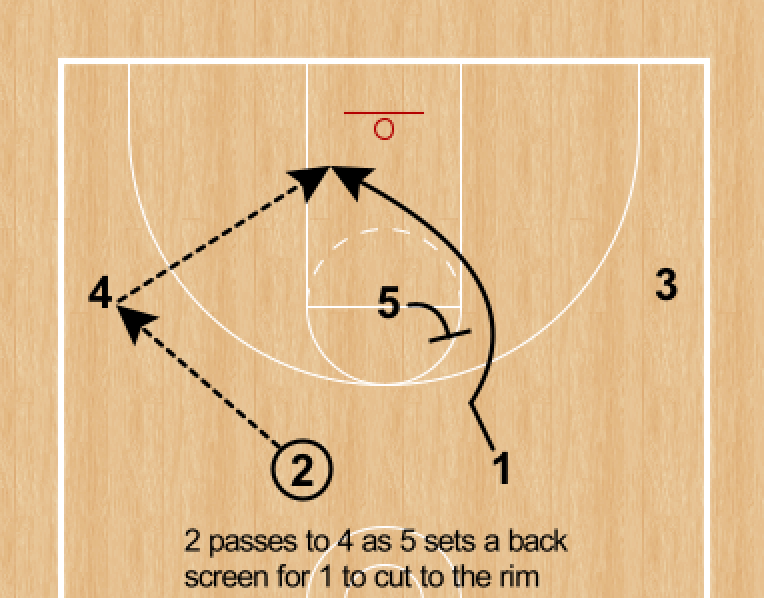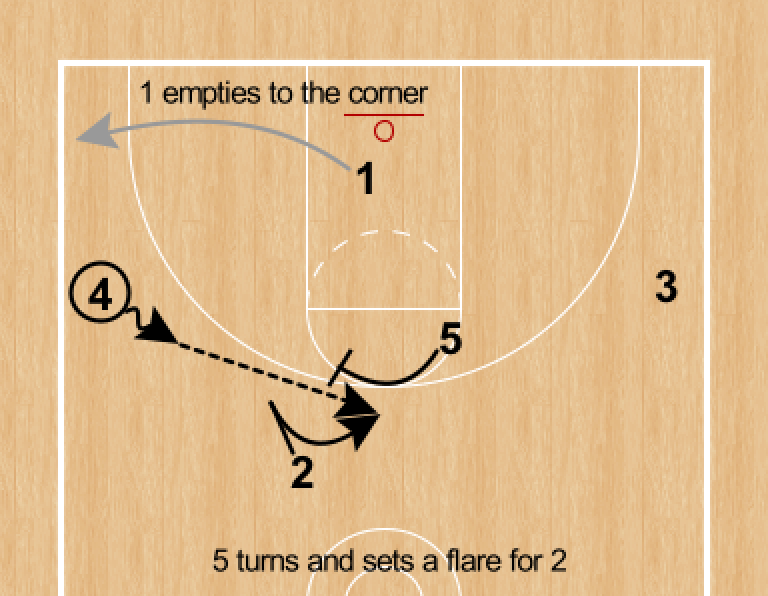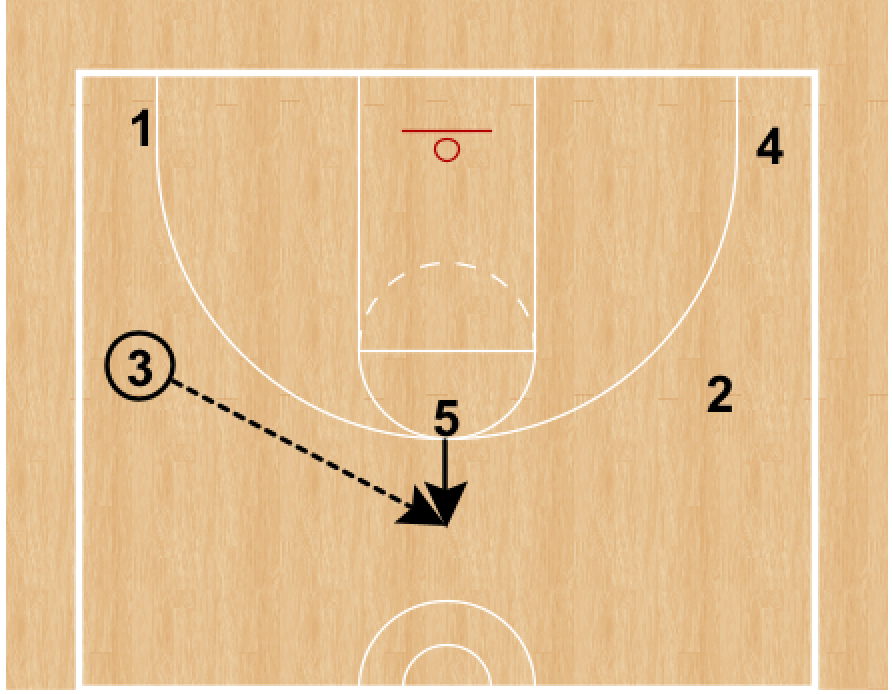Princeton Offense—Chin Series
What Is the Princeton Offense Chin SEries?
The Princeton Offense, despite being created and popularized some forty years ago, is still widely used at nearly all levels of basketball from high school to the NBA. The offense was created by Pete Carril, who was the head coach at Princeton University from 1967-1996, hence the name.
The offense has a reputation for being slow-paced and extremely intricate. However, this isn’t necessarily the case, and the results speak for themselves. Pete Carril led Princeton to 13 Ivy League Championships, 11 NCAA Tournament appearances and captured one of the greatest upsets in NCAA Tournament history by knocking off #1 UCLA in 1996.
The offense is made up of different series or actions, each of which creates it’s own advantages and scoring opportunities through great spacing and player movement. In this breakdown, we will focus on the Chin Series—this action is still widely used at the collegiate and professional level, and is a great way to put pressure on the rim and create high percentage scoring opportunities.
Chin Series Spacing & Set UP:
The Chin Series starts with the guards (1 & 2) positioned in the slots lane line extended, and the forwards (3 & 4) on the wings free throw line extended. The 5-man is positioned on the strong side elbow.
chin Cut (Initial Action):
The action starts when the ball is reversed from slot-to-slot (1 passing to 2). The ball is then swung to the wing (4) as the initial passer makes a chin cut off of 5’s back screen. Hitting the chin cut at the rim for an easy finish is the primary scoring option within the chin series.
Drift Screen (Secondary Action):
If 1 does not receive the pass at the rim off his chin cut, he will continue through to the strong side corner. After setting the initial back screen, 5 will then turn and set a drift screen for 2 to flare to the top of the key for a potential catch & shoot opportunity. The key to creating an open shot from this action is 2 walking his defender down towards the baseline before flaring to the top of the key. If 2 does not have a shot on the catch, he can look to drive the double gap as 5 rolls to the rim.
Transitioning into 5-Out:
If the drift/flare screen is well guarded and not available, most likely because 2’s defender chases over the top of the screen, most teams will flow into a 5-out action.
If 2 is not open as he flares to the top of the key, he can continue his cut through the lane looking to receive a pass at the rim. If he does not receive this pass, he will empty to the weak side corner (pushing 3 up to the wing).
After setting the drift screen, 5 will pop to the top of the key to receive the pass from 4—the 5-out spacing is now created.
From here, most teams will flow into some type of dribble handoff action. For example, if 5 dribbles at 3 he may back cut and empty to the weak side as 5 continues into a dribble handoff and 2-man game with 2 on the wing.








